Those who own a truck or a car must have a Diesel particulate filter in their vehicle, although they might not be aware of it, how it functions, and its maintenance. DPFs are installed in the diesel engines of trucks, but if they are not maintained well, they can cause severe damages or consequences to the truck engine.
A diesel particulate filter is a filter that reduces the emissions from diesel vehicles by capturing and storing exhaust soot. Sometimes you might have ever experienced a condition that is brought about by a failed diesel particulate filter. Again, your track might have locked you out without even trying to start it.
These experiences might have helped you know diesel particulate filter, what it does, and the types of issues that it can have. However, if you are new to this, you should not worry about it; keep reading this article.
The meaning of a DPF system

DPF is a short form of diesel particulate filter. It is hardware that is responsible for the filtering process of soot out of the exhaust. Most of the time, the inside of these DPFs is constructed by use of the cordierite. Cordierite is a material that supports the structure of a different type of automotive exhaust filter (catalytic converter).
The diesel particulate converters have a chuck that is honeycomb partnered. The chunk is made of cordierite material filled in the middle of the steel canister and is mounted linearly to the exhaust flow.
DPF problems
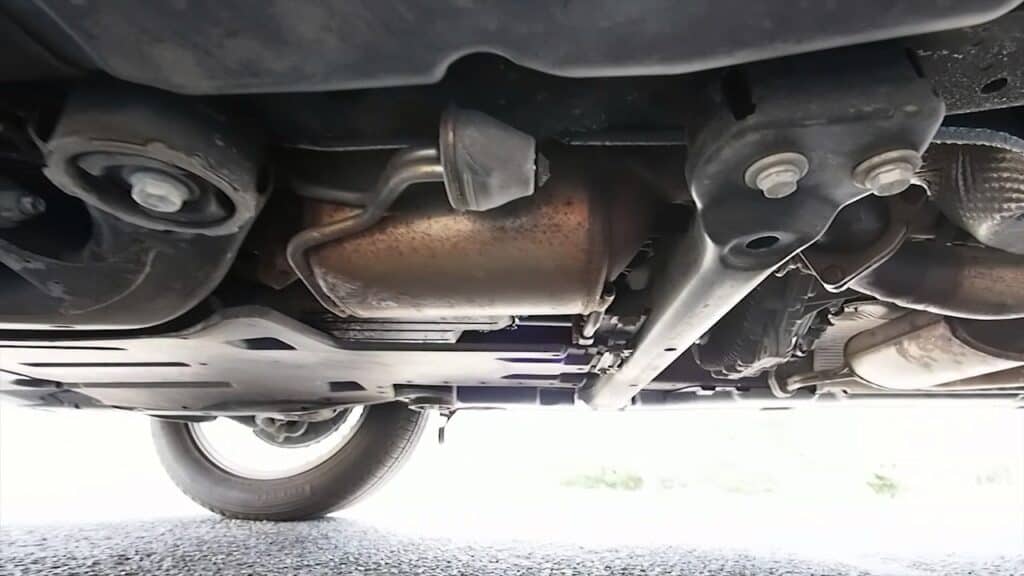
i. For the non-highway type of applications, the diesel particulate filters cause problems. The following are the problems that can develop in the DPFs.
ii. There is an increase in the number of forced regenerations which causes the truck to be packed for about twenty minutes so that the soot is burned off through the high fuel usage conditions.
iii. Regeneration of the cycles can become ineffective, and therefore cleaning the Diesel particulate filter or replacing units that are damaged is needed, which are both expensive.
iv. There can be passage of rings into the engine oil caused by the regeneration of the Diesel particulate filter. To avoid that, you are required to have fuel in excess. When the rings pass into the engine oil, the power will be diluted excessively and increase the oil frequency.
v. There will be a dilution of the fuel that destroys the engine in a brief period.
How the system works
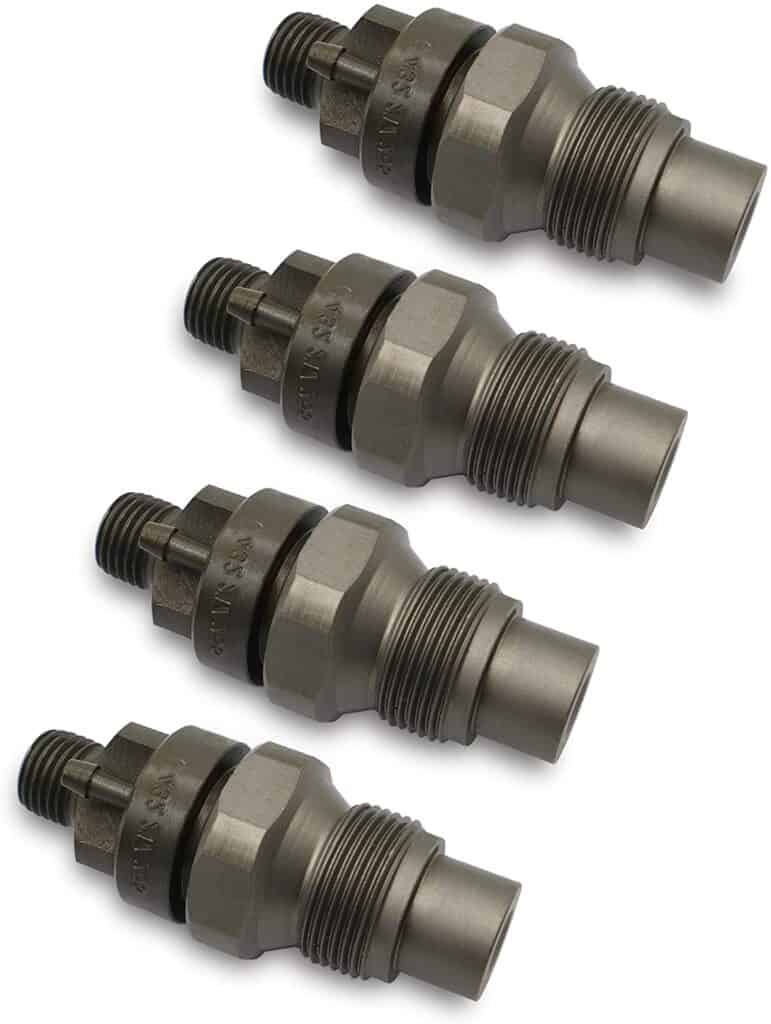
The diesel particulate filter collects the soot and traps it in the honeycomb passageways as the soot flows through the filter. The Diesel particulate filter system contains a lot of particles produced by the diesel. As a result, the exhaust pipe releases cleaner air which makes it breathable by many people.
The Diesel particulate filter system is essential and ideal. However, it has its downsides which we are going to look at in this article.
The diesel particulate filters are designed in a way that they can filter enough soot. As a result, the filters usually get clogged regularly. The gear head tells the extent to which the exhaust system is blocked and how bad it is for an engine. The biggest enemy to the turbo diesel of your truck is heat and backpressure.
The solution for the clogging problem is burning it with fire. The other option is burning with scorching exhausted gas temperatures. The process of high heating the element with gas temperatures is known as the regenerative process.
The regenerative process is done in different methods. These methods differ depending on the model and the make. These methods include:
- The late fuel injection
- EGR valve changes
- Charges of the turbo boost
- Intake air throttling
Diesel engines commonly use the late injection method in most trucks. The fuel is injected after the TDC stroke to heat the exhaust gasses and the diesel particulate filter. The late injection method can wreak havoc on the turbo seals, lubrication system, and exhaust gas recirculation system. This method will force the fuel into the engine oil, raise the oil levels to a high level that is unhealthy, which destroys the potential of the oil lubrication.
The lower fuel mileage concerns
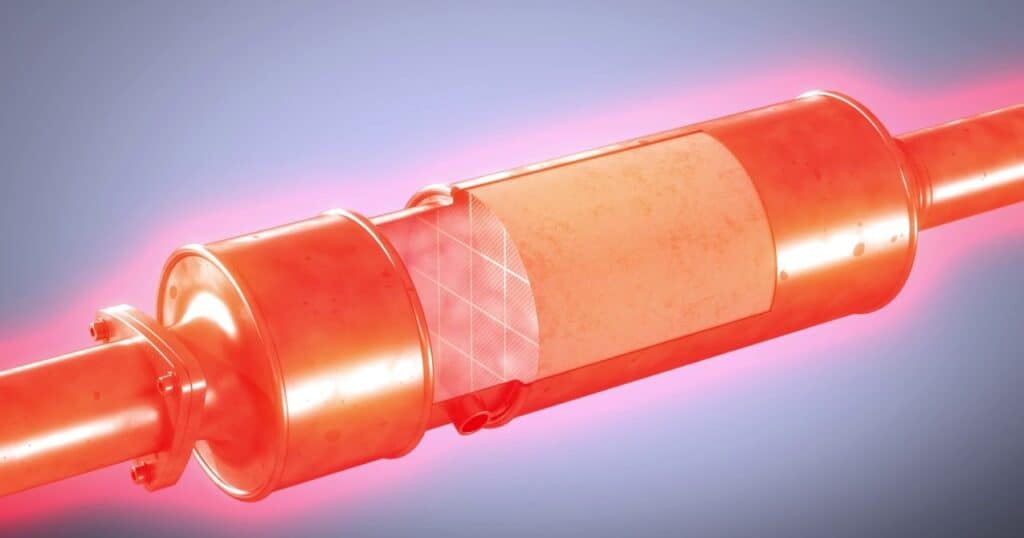
This method is not bearable in terms of fuel mileage. There is dumping of adequate fuel via the engine by the computer, which raises temperatures of the combustion chamber. The cooling machine and some other elements get acted by the heat, resulting in a decrease in the fuel economy.
The regenerative process is not able to keep the filter 100 percent clean. The simple debris that is left is what causes the clogging of the filter. In addition to that, it also leads to the following:
- The skyrocketing exhaust backpressure.
- Expensive replacement
- The cleaning services will be expensive.
Is Diesel particulate filter kept or deleted after failing
There are only two options that one has when the Diesel particulate filter fails. That is:
1. A DPF delete kit
2. OEM DPF replacement
When you have a truck that is always used off the road only like on a farm, you can use the Diesel particulate filter delete kit because it is against laws and regulations to operate a modified vehicle in such a way on public roads.
A DPF removal kit
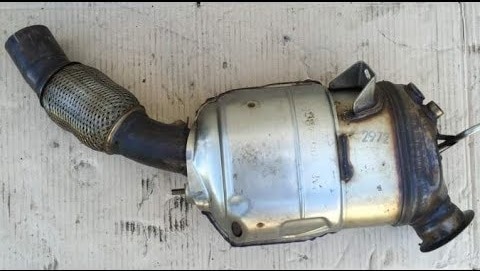
Three primary parts frame a finished DPF delete kit. The following is the outline of the parts and the top brand of each.
1. The tuner
When the diesel particulate filter is removed, different tuners are used to eliminate the codes that happen. As you are purchasing the tuner, it is essential to check the best tuner that matches your truck.
2. Diesel particulate filter deletes pipe
The diesel particulate filter delete pipe is very simple looking and is a vital element of the overall diesel particulate filter delete. The lines usually replace the last section of the exhaust when the diesel particulate filter is taken out. Depending on the truck that you possess, different ways are used to do this. These methods include:
- Replacing the downpipe section that has the diesel particulate filter and keeping the rear section of the factory exhaust
- when you Complete an aftermarket exhaust kit from the turbo back, which allows you to have the most free-flowing exhaust possible.
3. EGR delete kit
The EGR delete kit is essential if you are looking for efficiency out of the diesel tune. The disabling of the system can be done manually on some setups by disassembling and modifying it, and then the codes that the engine will throw, you tune them out.
When you want to disable the system, it is recommended to use the EGR delete kit. The EGR kit gets rid of unnecessary parts that are underneath the hood and makes the compartment of the engine clean and straightforward.
DPF OEM replacements
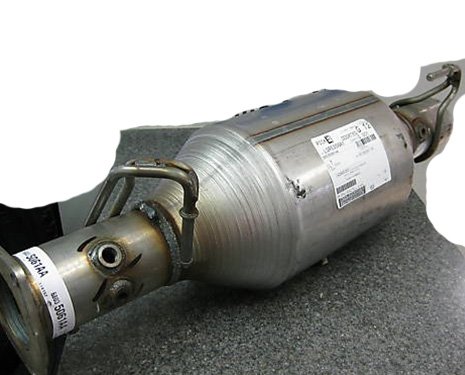
When a Diesel particulate filter has a clog beyond the recovery process of the regenerative process, the trucks have a second option. The second option is the OEM Diesel particulate filter replacement filter. It is recommended to fit the OEM Diesel particulate filter replacement filter on the road-going tricks to keep them legal to the road as per the integrated mandates.
It is hard to source the correct part numbers of the OEM replacements. Apart from getting it directly from the dealer, it isn’t easy to know the best seller. You can also order any of the parts in online shops such as Amazon. All you need to do is go to the site and type in the part number to find the correct position.
The only disadvantage with this is that you have to do a lot of research to find the correct part number, which can be not very pleasant. The following are the matching part numbers that correspond to the trucks; you see a replacement for your trunk in any case.
How to maintain a diesel particulate filter

To maintain Diesel particulate filters, ensure that the warning lights appear when the Diesel particulate filter is full of soot. The warning light shows that the Diesel particulate filter is complete and can regenerate on its own. Passive and active are the two types of regeneration that are discussed below.
a) The passive regeneration
It occurs when the vehicle is driven for long distances at a very high speed. That will allow the exhaust temperature to increase at a very high level and then burn off the soot that is excess in the filters. As a result, the drivers should do a 40 to 60-minute drive on a highway at a very high speed to be cleared up. Most of the drivers cannot achieve this kind of regular driving, and therefore the manufacturers had to design an alternative.
b) The active regeneration
This type of regeneration is done by automatically adding extra fuel when a predetermined limit is reached to increase the exhaust temperature burning off the stored soot. The predetermined limit for a filter is always 46 percent. The process of regeneration may not be completed fully when the drive is short. In such a case, the warning light will still show a partial blockage of the filter.
For a complete regeneration to occur, the driver must always take a 10-minute drive at speed above 40meters per hour. The following are the signs that show that an active renewal is ongoing.
i. The change of the engine note.
ii. The cooling fans will run.
iii. The idle speed increases.
iv. The fuel consumption will slightly increase.
v. There will be a production of a hot and acrid odor that comes from the exhaust.
vi. The automatic start and stop are deactivated.
What to do when both the passive and active regeneration fails
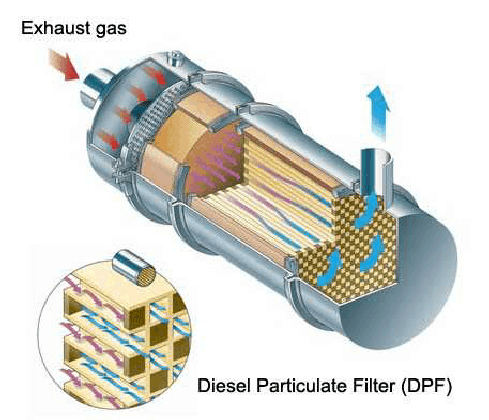
Sometimes, you can do both active and passive regeneration to unblock the Diesel particulate filter, but none works. Different signs show that the renewal has not functioned. They include the following:
- The warning light keeps on lighting
- The warning light turns red
- The emergence of other additional light
That kind of situation can lead to extra damage to the vehicle, which can be too expensive to troubleshoot. When you take the car to the garage, they use the forced regeneration to clean the clogged diesel particulate filters.
The forced regeneration does not guarantee a 10 out of ten fixations of the problem. It costs a hundred dollars for the cleaning of the filter in the garage. Most of the diesel particulate issues are caused by the wrong regeneration of the Diesel particulate filter, and as a result, they get blocked. The blockage will increase the emissions in the exhaust, and the engine performance is stifled.
Frequently asked questions:
- What are the causes of the diesel particulate filter blockage?
The most common cause of blocked DPFs is traveling short trips at a shallow speed. As a result, the truck makers always recommend that drivers choose a petrol trunk rather than a diesel trunk. Again, it’s the reason why diesel vehicles are so rare in the city.
Again, poor servicing of the diesel particulate filters can lead to their blockage. When the DPFs are not well maintained and serviced, they may fail prematurely. The average lifespan of a diesel particulate filter is about a hundred thousand miles.
Another cause of a blocked filter is the use of the wrong type of oil. Some of the oils have additives in them that can clog the DPFs. Therefore, it is always important to inspect the fat you buy for your truck to ensure it is not defective.
Conclusion
If you have a heavy-duty truck, it is essential to do diesel particulate filter maintenance. Putting the car on regular maintenance will help in ensuring an extended lifespan of the diesel particulate filters.
The best way to maintain the Diesel particulate filter is by ensuring that you are using the suitable oils for your vehicle engine. That will prevent unnecessary problems with the diesel particulate filters. To conclude, I hope this article is of great help in solving your Diesel particulate filter problems in your truck.
